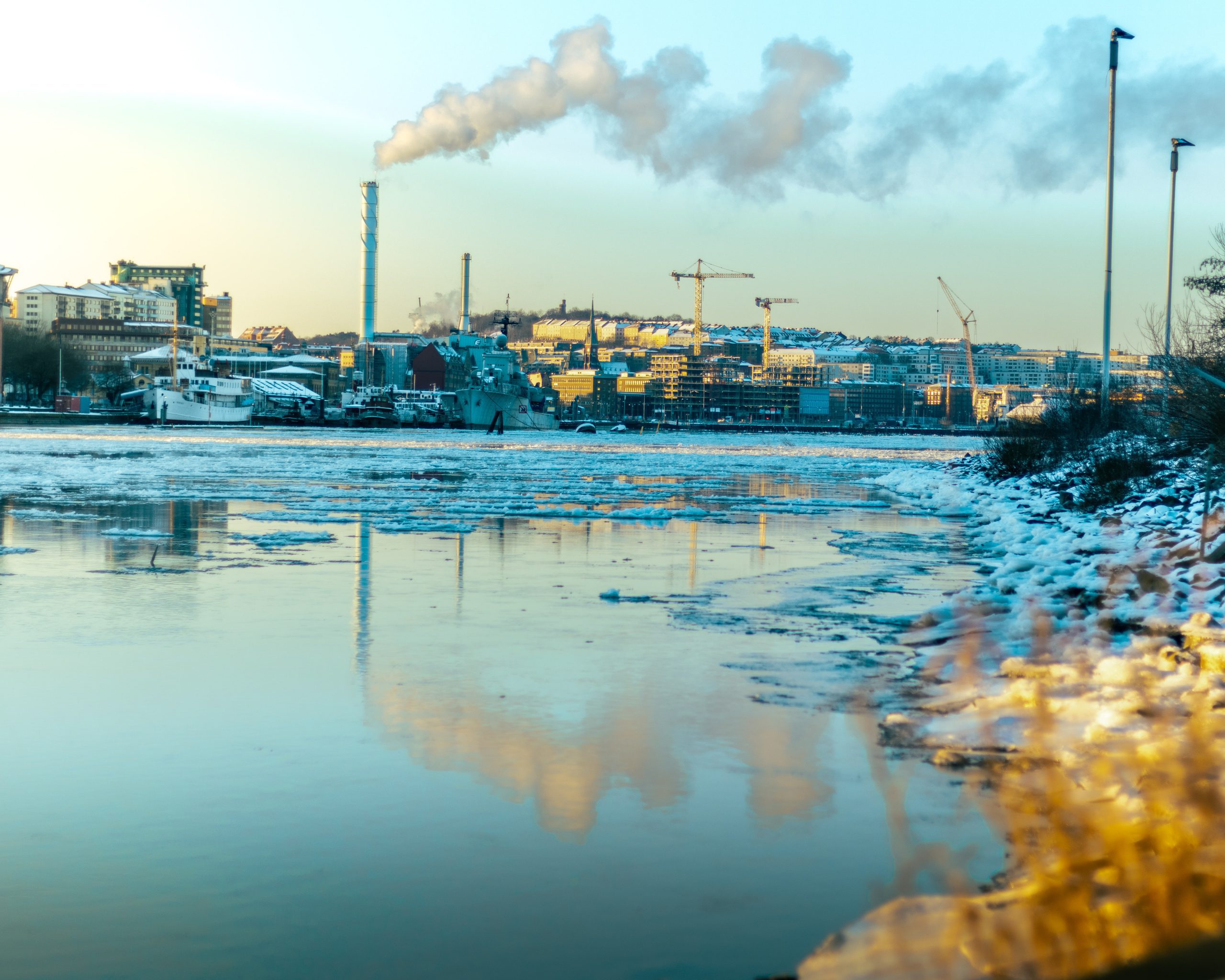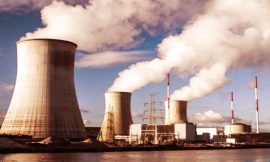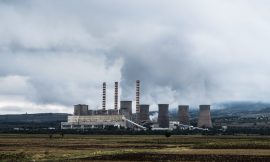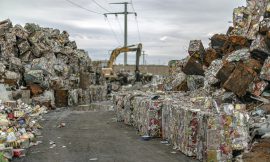Water Pollution Can Be Divided Into A Number Of Distinct Categories, As Outlined Below:
Pollution Of The Groundwater
One of our most underutilised, yet crucial, natural resources is groundwater. It becomes groundwater when it rains because it seeps deep in the ground and fills up aquifers, which are underground reservoirs of water. Drinking water is then drawn from the earth’s surface by pumping groundwater to the surface.
This pollutant leaches into the groundwater supply from a variety of sources, such as waste and fertilisers that have leached from landfills and sewage treatment plants.
When an aquifer is contaminated, it ceases to be safe for human consumption and is rendered useless for decades, if not millennia. When groundwater seeps in to the streams, lakes, or oceans, contamination can spread far from the source.
Groundwater contamination can be hard or impossible to remove, as well as extremely expensive to remediate.
Inland Seas
Approximately 70% of the Earth’s surface is covered by water, including our oceans, ponds, rivers, so all blue areas on the map. 60% of the delivered energy to our homes comes from sources besides the ocean.
Nearly half of our rivers, as well as a third of our lakes, are deemed unfit for human consumption by the Environmental Agency (EPA).
Farm waste and fertiliser runoff are major contributors to nutrient pollution in freshwater sources, which includes nitrogen and phosphorus essential to plant and animal growth. In addition to municipal and industrial waste, individual dumping into waterways also contributes to the problem.
Water from the Ocean
80 percent of marine pollution derives on land, either near the coast or deep in the interior. These pollutants are carried by streams and rivers into bays and estuaries where they reach the ocean from farms, factories, as well as urban areas.
Storm drains and sewers remove plastic marine debris that would otherwise be carried away by the wind. Oil spills and leaks, as well as carbon pollution from atmosphere, can pollute our oceans. One-fourth of all carbon dioxide emissions are absorbed by the ocean.
A Single Point Of Origin
Point source pollution occurs when contamination comes from a single source. Although the source of this pollution is known, it has the potential to pollute hundreds of miles of rivers, lakes, and the ocean.
Manufacturing units, oil refineries, and wastewater treatment facilities are examples of point sources of effluent, which can either be legally or illegally discharged.
Illegal dumping, leaking sewer tanks, chemical spills, and all of the above are all potential sources of this contamination. Point source pollution is regulated by the EPA by setting limits about what can be disposed directly it in to a body of water.
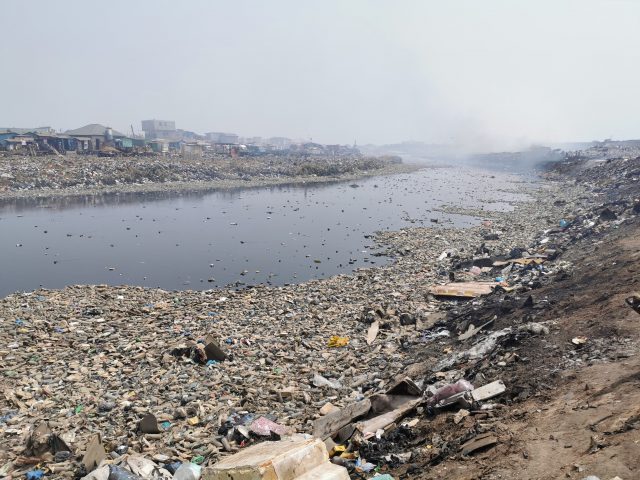
“Non-Point Source”
Multiple as well as diffused sources of pollution are considered nonpoint source pollution. Contaminated rainwater, agricultural runoff, stormwater runoff, and debris blown in to the waterways from land are all examples of this type of runoff.
Water pollution from nonpoint sources is the most common, but it is difficult to regulate because no single source can be pointed to as the source of the problem.
Transboundary
On a map, water pollution cannot be contained by a boundary line. There has been transboundary pollution when polluted water has leaked into another country’s waterways. Oil spills, agricultural runoff, or municipal waste can cause it, as can natural disasters like floods and droughts.



